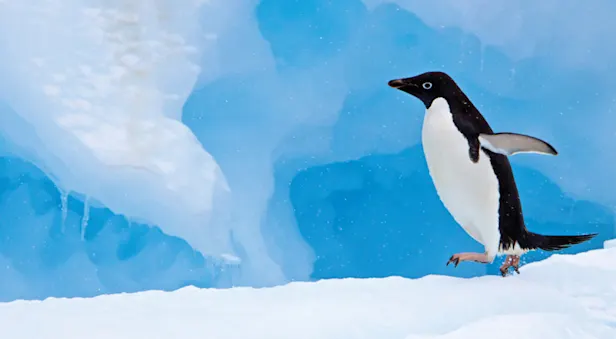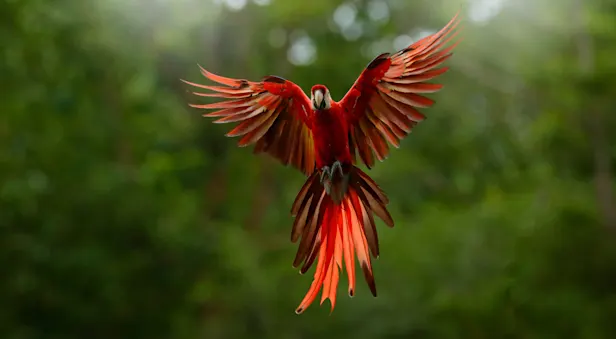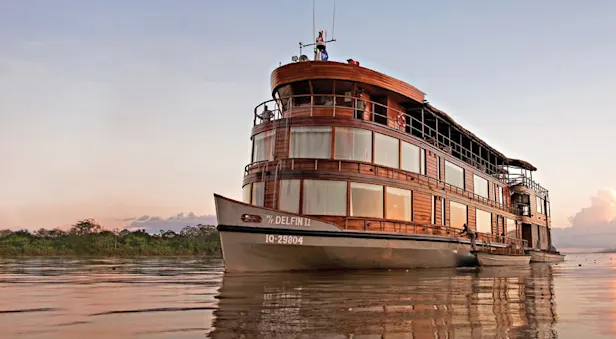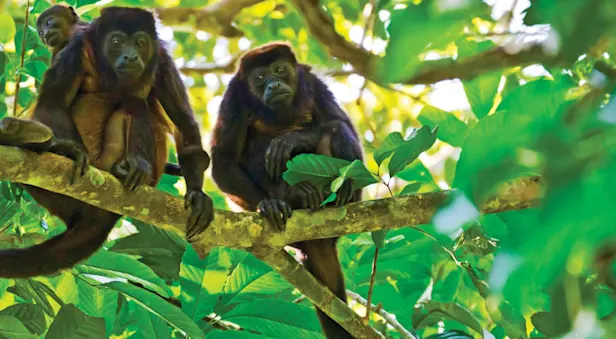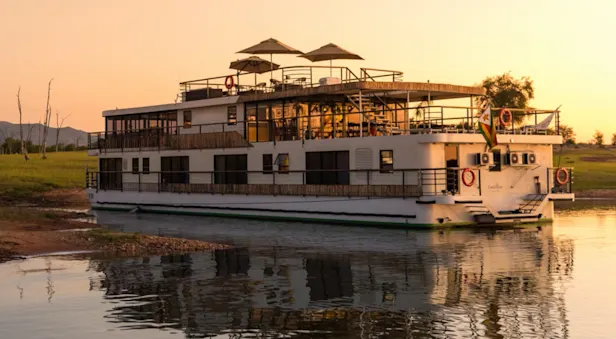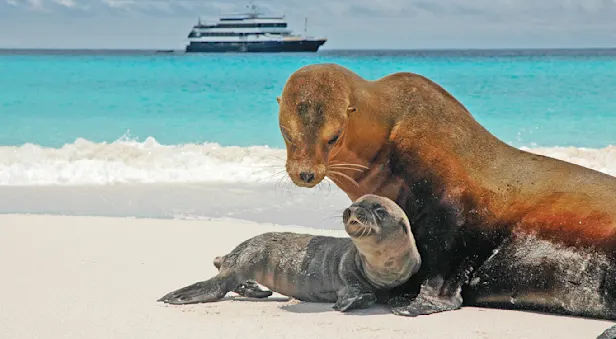Sometimes, the ends of the Earth can only be reached by sea. And our Adventure Cruises are designed to take you there! From Antarctica to the Amazon and beyond, these small-ship voyages immerse you in the most remote wild places on the planet. Expedition vessels designed for exploration feature comfortable accommodations, onboard experts and a suite of equipment for close-up investigation. Through our expertise, and our partnership with Lindblad Expeditions, we are proud to offer this collection of exceptional marine-based adventures.
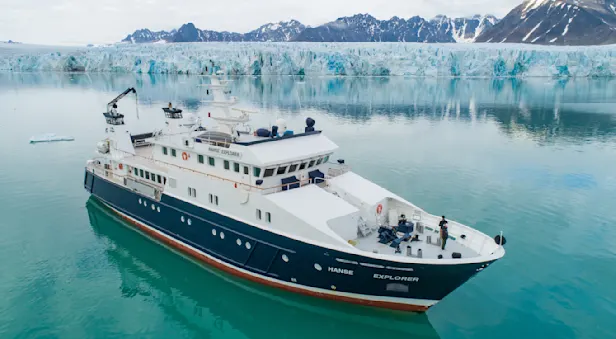
Ultimate Antarctica by Private Expedition Yacht
Just 12 guests will find a sense of oneness with the polar environment aboard the Hanse Explorer, a true expedition vessel in every sense of the word. Get farther into remote reaches of Antarctica that big ships can't access.

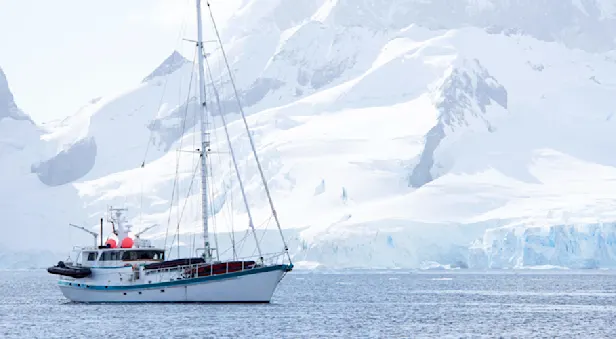
Sailing Antarctica: A Polar Wildlife Expedition
Those with a passion for true adventure won't find a more exhilarating thrill than exploring Antarctica on an intimate voyage by private motorsailer—for just seven guests! Kayak and camp on the ice, too.

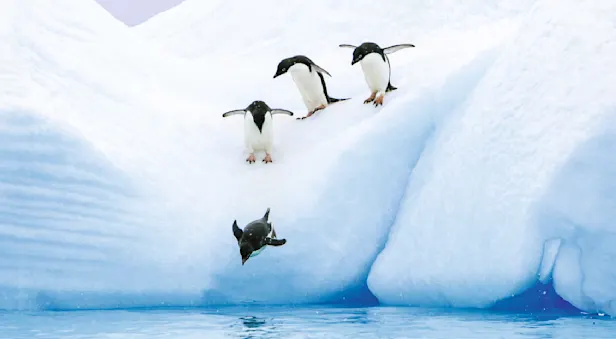
Antarctica Direct: Fly the Drake Passage
Experience the wild grandeur of the White Continent in a more expedient way. Save travel time by flying directly from South America, or cruise the Drake Passage one way, then bypass it on the way back on a two-hour flight.

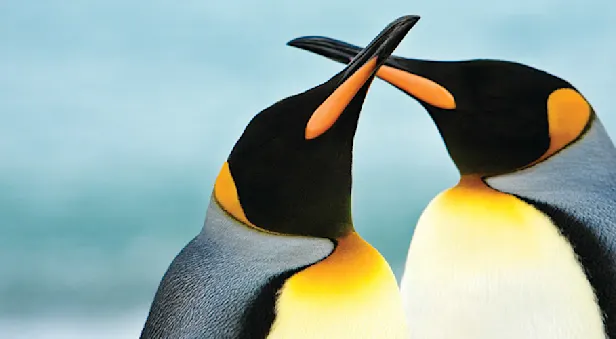
Antarctica, South Georgia & the Falklands
A comprehensive voyage to the wildlife-rich Falkland Islands and historic South Georgia, where a million-plus king penguins reign—plus the wonders of the Antarctic Peninsula!

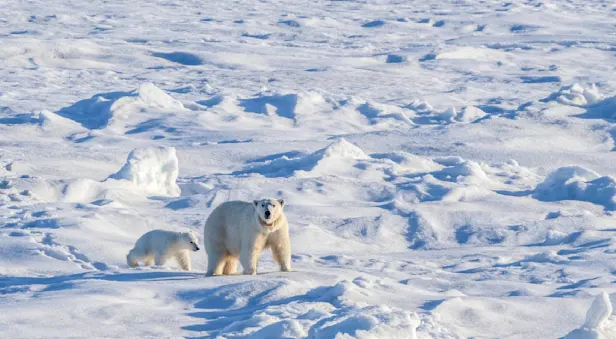
Svalbard: In Search of Iconic Arctic Wildlife
Just 600 miles from the North Pole, the remote island of Svalbard offers one of the best opportunities to see polar bears in their natural habitat, on the sea ice.

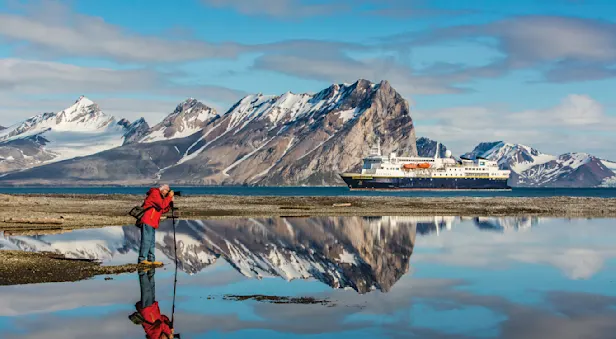
Norwegian Discovery: Svalbard and the Northern Fjords
Explore the nooks and crannies of Norway's fjord-carved coast and continue to High Arctic Svalbard, home to polar bears and abundant northern wildlife.


Fire & Ice: An 8-Day Sail Around Iceland
Sail around the whole of Iceland, with shore excursions and inland adventures to witness the forces of fire and ice that have formed this Nordic island nation.

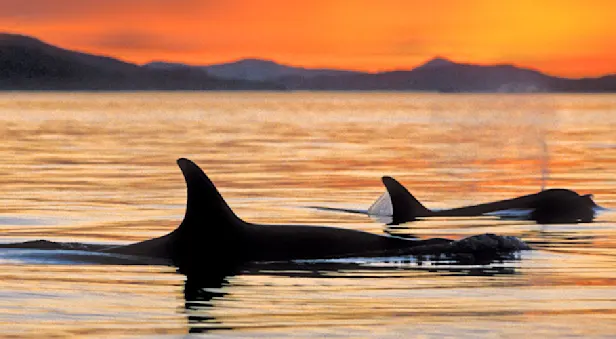
Exploring British Columbia & the San Juan Islands
Discover the maze of islands, bays and fjords that comprise the Salish Sea, the world's best place to see orcas—and look for seals, otters, bald eagles and more!


Galapagos Discovery: The Nat Hab Experience
Small-group adventures aboard your choice of private yachts, led by our outstanding naturalist guides and photography pros. Snorkel and swim with sea lions, sea turtles and penguins on this incomparable nature odyssey.

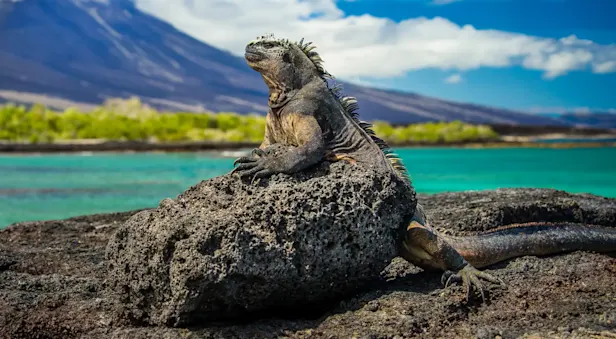
Galapagos by Catamaran: An Intimate Voyage
Experience the Galapagos aboard Lindblad Expeditions' most intimate vessel in its island fleet, a luxury motorsailing catamaran for just 16 guests.




















